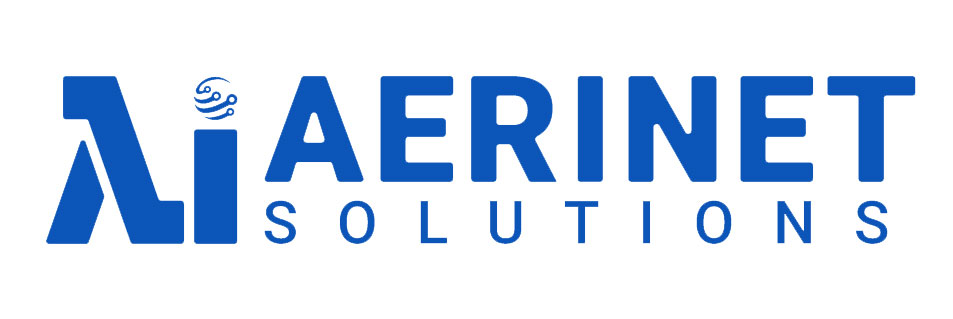A Data-Driven Approach Explained
Today we think about data all the time. So much so that the phrase “data-driven” is now a core part of corporate lexicons, synonymous with “good” or “well informed”. The opposite of speculative or reactive.
Data and data analytics are so prevalent today, it’s hard to imagine a time where they weren’t. But that time still exists in specific industries. While companies have been collecting data for hundreds of years, it was only in the 80s that storing large amounts of data became fiscally feasible.
It Became Cheaper To Store Data
That is due in large part to the cost of hard drives plummeting and making it affordable to store data.
Enter the 1990’s with the idea of Business Intelligence (BI) being solidified as one of the great drivers for businesses. Mass adoption of data warehouses and BI tools did not happen overnight. Similarly, not every employee of every large company went into work that day to discover a BI platform installed on their desktop computers. Mass adoption of new technologies, while it happens faster than ever today, it still takes time. Until quite recently, enterprises didn’t know the value their data could bring them.
Companies Grew and Scaled Without Data In Mind
When processes that included data generation or collection were designed, they were often not accompanied by the building of data platforms, systems and warehouses. Therefore several Outage Management Systems are tied to the consumer billing but not the other SCADA systems. The data wasn’t standardized in formats, schemas, credentials that could interact with other platforms.
What Does That Non-Data Centric Legacy Mean For The Utility?
An Excel spreadsheet mess. A mess of siloed data systems housing data of disparate formats with different levels of accessibility. This mess of systems, hardware and reports creates more confusion since many utilities didn’ t have a clear map of what data lives where.
Multiple Vendors Make Data Management More Complex
Let’s add another source of complexity; external data sources. Utilities need to rely on many various suppliers and vendors to fulfill customer needs. The problem? Each vendor the organization interacts with generates data. How that data is generated ( in what formats etc.) usually varies from vendor to vendor.
Advanced Adoption of IoT Edge Devices
The amount of data generated by the enterprise has once again exploded due to IoT devices being everywhere. However, not all IoT devices output data in the same format and structure. Some data outputs change not only from device vendor to vendor, but from model of device to model of device of the same make as well.
Data Regulations Make Everything Even More Complicated
Now for everyone’s favorite topic, data security. Regulations like GDPR, HIPAA and HITRUST have made the already challenging task of data integration even more challenging. With GDPR, data must remain in the region. There are subsequent access restrictions for third-party vendors and more. The SolarWinds attack proved that now more than ever data is being stolen for foreign actors to attack the energy system. These regulations make integrating and working with your data safely difficult. Several utilities are now using interoperability standards to support the cyber security initiative. All of the outlined issues create challenges in accessing, manipulating and moving data around.
The Silver Data Lining
Your data is worth more than oil if you could harness it. Focusing on the issues and connecting the dots may not seem possible but it is. Several companies have hired Aerinet Solutions to help streamline the people, processes, and technologies. By connecting all of these parts, getting your data into a visual and easily accessible system is not difficult to do. The good news is, you finally can start to work smarter by just having a few fields and your previous outage data. This simple approach helps reduce the time and energy spent on data integration so that your analytics teams can do more, faster.


